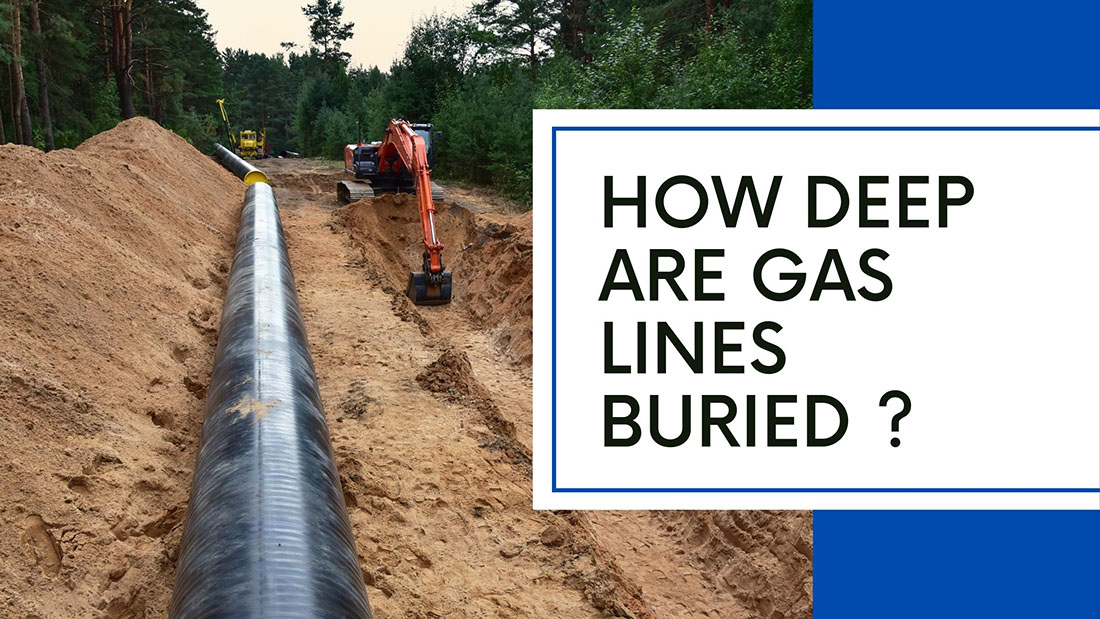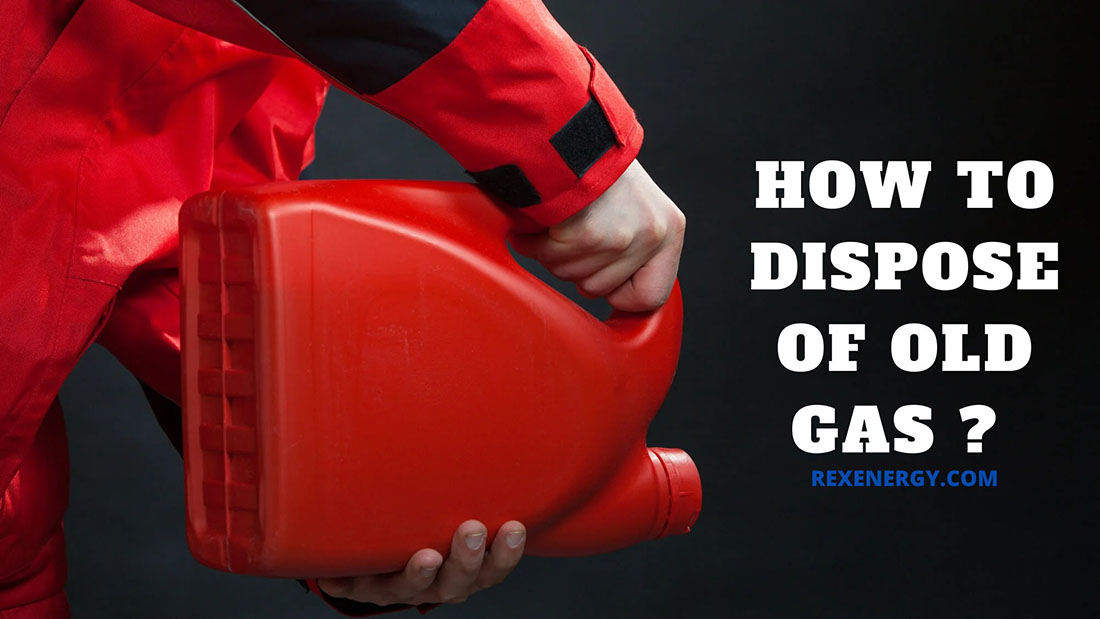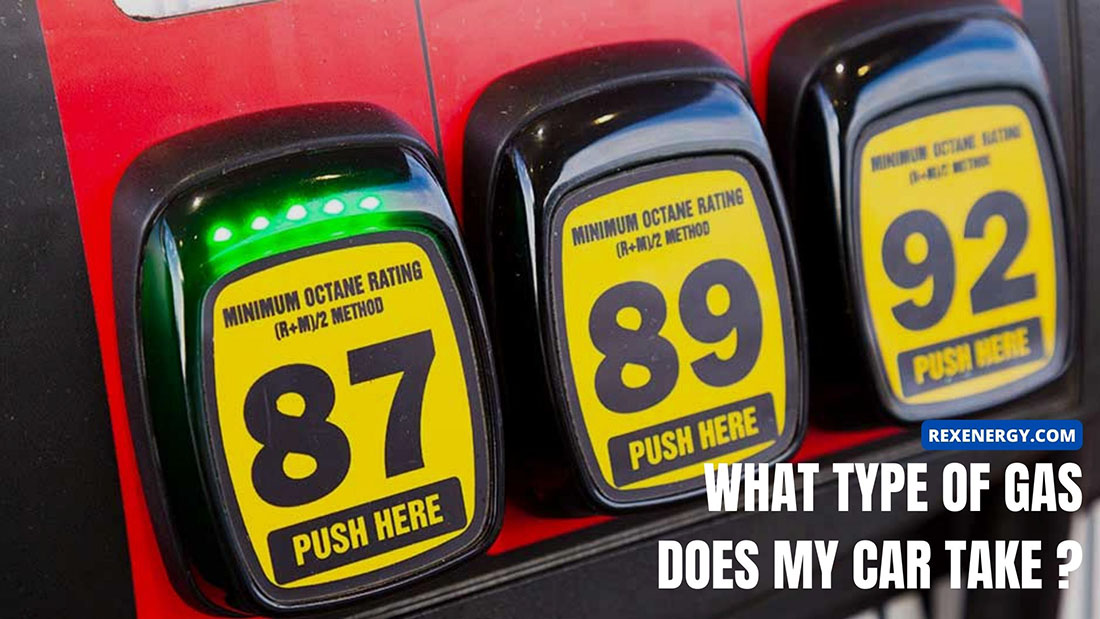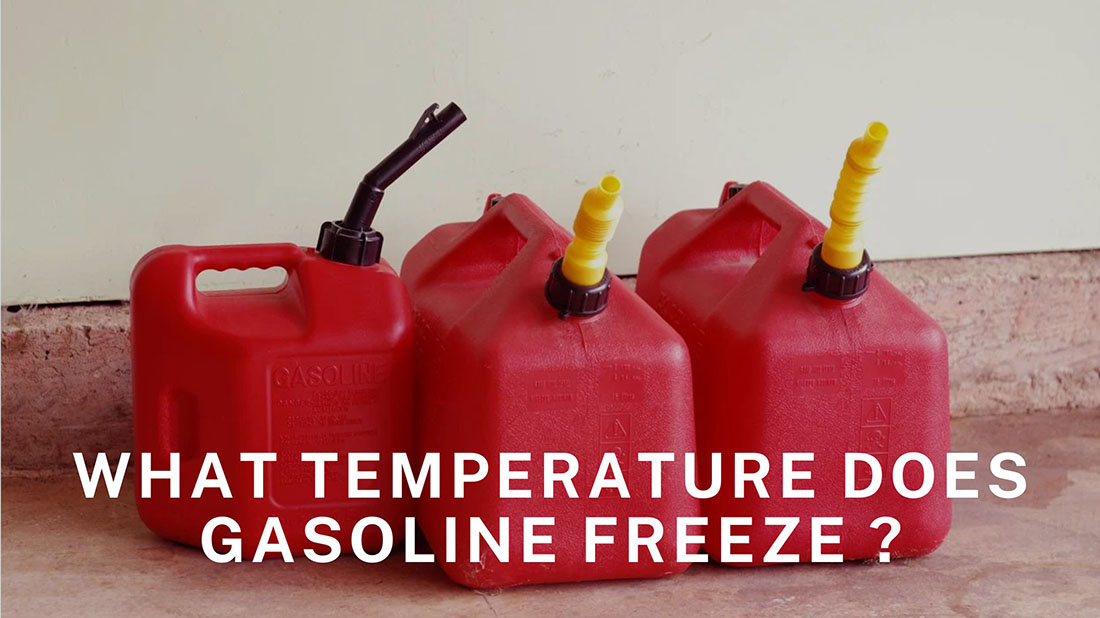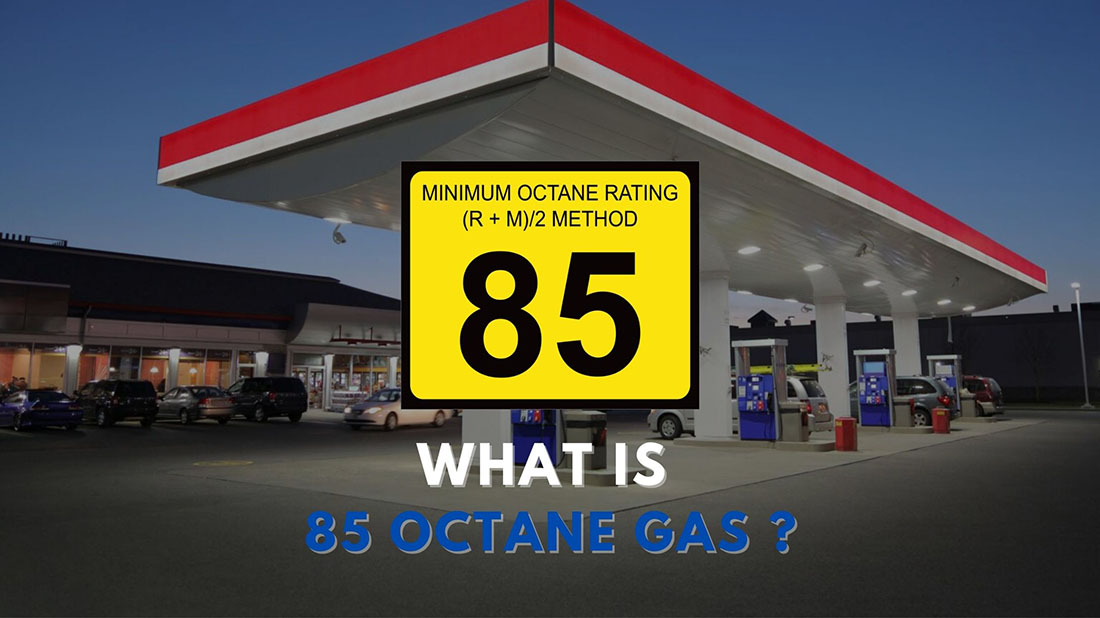Installing gas lines too shallow can expose them to potential damage or disruptions. So, how deep to bury a gas line?
Knowing this is crucial for construction workers and homeowners to ensure the safety and integrity of the entire system, but some don’t have the faintest idea about this. If you are in the same boat, scroll down to learn!
How Far Down Are Gas Lines Buried?
In the United States, gas pipelines should be installed 18 to 24 inches under the ground, with the main lines being at least 24 inches deep. The exact depth varies depending on their intended use, the type of gas transported, and local regulations.
For instance, gas pipelines located in areas with poor soil conditions, like sandy or highly erosive soils, or high traffic should be installed at least 36 inches.
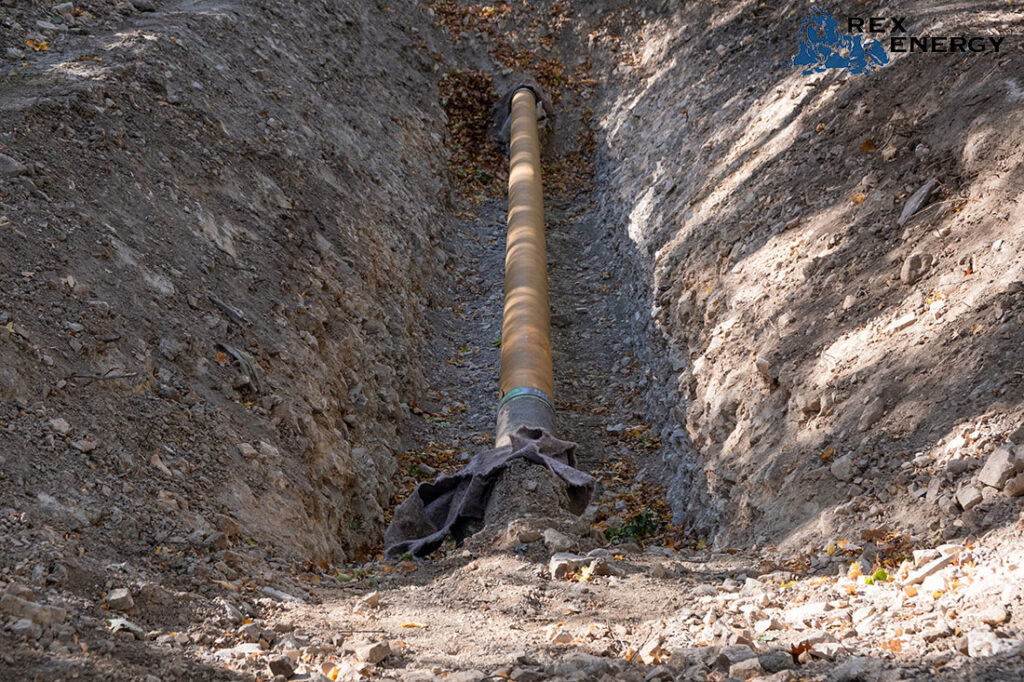
It is worth noting that this requirement primarily applies to natural gas pipelines. Liquefied natural gas (LNG) lines must be buried much deeper into the ground, approximately 1,200 inches (100 feet).
The primary reasons for burying gas pipelines underground are all about aesthetics and safety. By keeping the lines hidden from view, we can maintain the surrounding area’s visual appeal and property value. Additionally, underground installation helps deter theft and unauthorized access, minimizing the risk of illegal activities.
Most importantly, the underground location increases protection against damages caused by impacts and corrosion resulting from constant exposure to the environment. A serious accident may destroy the asphalt road surface but rarely reach the pipes. As a result, this protective measure ensures the safety of users by minimizing the risks of gas leakage or explosion.
How To Locate Gas Line
When engaging in tasks like building fences, excavating, or constructing fish ponds, be careful to keep gas pipelines and other buried infrastructures intact, including telecommunication cables, water pipes, electrical wires, and more.
That’s why you must first determine the underground piping system. Plus, it is also part of local law. For example, Florida residents must contact the gas company and identify the gas line locations at least two business days before digging.
Feel free to contact the national hotline at 811 or reach out to local utility companies to obtain information about underground pipelines. In either case, you must provide personal information and details such as the start date, description of the working area, type of project, etc.
Can I Dig Around The Gas Line?
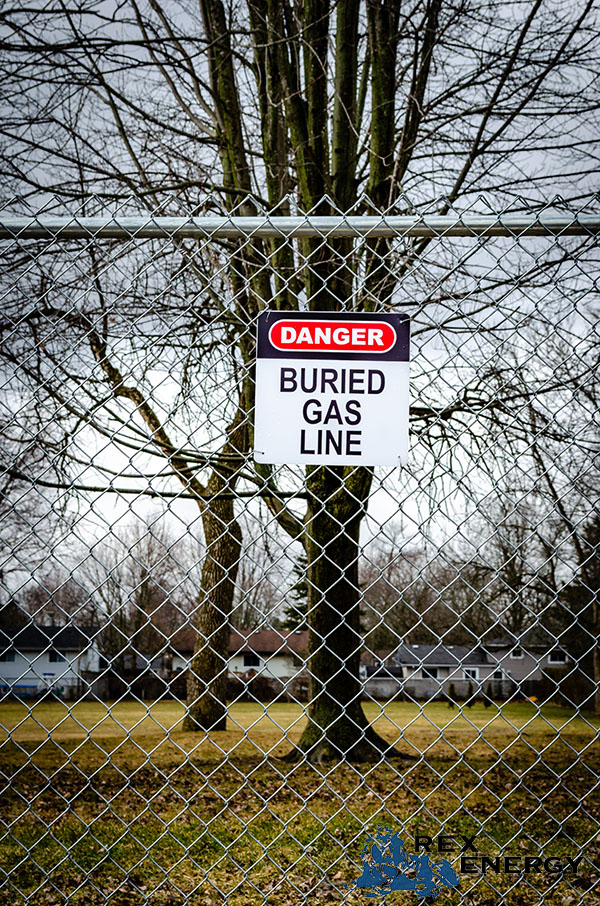
You can dig around the gas pipeline, but proceed with caution and follow the below necessary steps. The process requires strict adherence to safety precautions, and the recommended tutorials are as follows:
- Locate: Before starting off, it is imperative to contact public and private service providers to determine the location of underground pipelines in your private property, as mentioned above.
- Develop a safety plan: Prioritize local laws and safety regulations when planning for digging. Mark the underground lines on a map and ensure all individuals involved in the work can access it. Assess the risk of explosions and implement additional preventive measures as required.
- Dig: Begin digging by hand until the service line is partially visible. Before using any electric digging equipment, reevaluate the gas line depth to ensure accuracy and safety.
Suppose you accidentally break the lines while digging; immediately turn off all the machines or power tools and call the gas company for help.
Note: The risk of digging the pipelines yourself is still high, as the process involves hidden dangers and requires high expertise. Hiring certified professionals aware of legal requirements and potential hazards is advisable. They also provide the necessary licenses and permits to complete the gas line installation job legally and safely.
How Long Do Gas Lines Last?
The lifespan of gas line projects usually lasts about 50 years. Replacement is inevitable to overcome quality deterioration caused by corrosion and high stress during high-pressure operation. However, the exact longevity of each pipeline varies depending on several factors, such as:
- The amount of gas transported inside the pipelines
- Material
- Weather, soil, and vegetation in the installation area
- Maintenance
Maintenance Required For Deep Gas Lines
It’s best to have your gas lines regularly inspected by a team of skilled professionals to ensure their optimal condition. Despite staying underground, the system is susceptible to damage from corrosion and leaks.
Metal pipes, in particular, are more prone to rust when exposed to moisture over extended periods. Additionally, leaks can occur due to external impacts, like digging or the pressure exerted by vegetation growth.
Regular maintenance maintains the system’s integrity and ensures safety. Expert technicians will examine various factors during their check-ups and carry out necessary reinforcements or repairs. In cases of damage, additional protective measures such as steel repair sleeves or composite coatings are often installed to enhance the pipe’s resistance and provide added protection.
FAQs
What Should I Do If I Find A Broken Gas Pipe?
If you encounter a broken gas pipe, here are what you should do:
- Evacuate everyone from the dangerous area.
- Call emergency services.
- Do not use any open flames or operate electrical devices.
- When it is safe, locate the main gas supply valve and turn it off.
Is A Shovel Strong Enough To Puncture A Gas Line?
A shove might puncture the gas line if the pipe is close to the ground and you apply a strong force.
What Causes Damage To A Gas Pipe?
Several factors can contribute to a damaged gas pipe. Some common causes include accidental digging or excavation without proper technique, corrosion, ground movement, aging infrastructure, external impact, etc.
Conclusion
Knowing the depth of your underground gas lines is of paramount importance. Any digging activities around this complex system should be taken cautiously and in compliance with established safety protocols. By doing so, we can minimize impacts on the gas supply, preventing gas leaks and potential harm to people and the surrounding environment.

